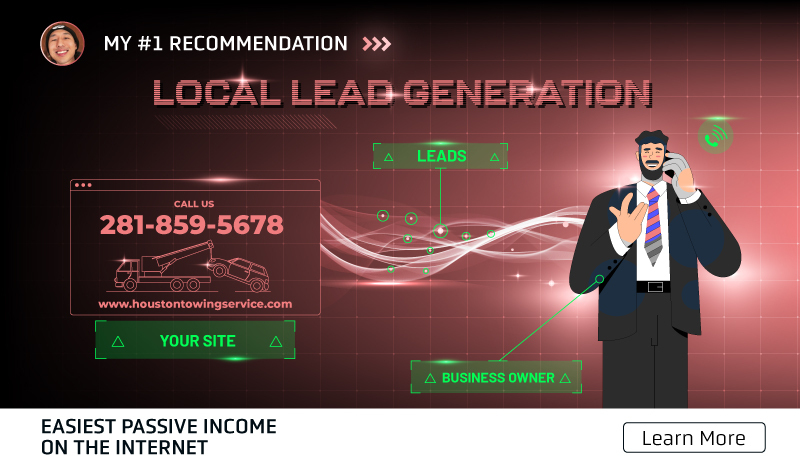Is Amazon KDP Advertising Worth It?
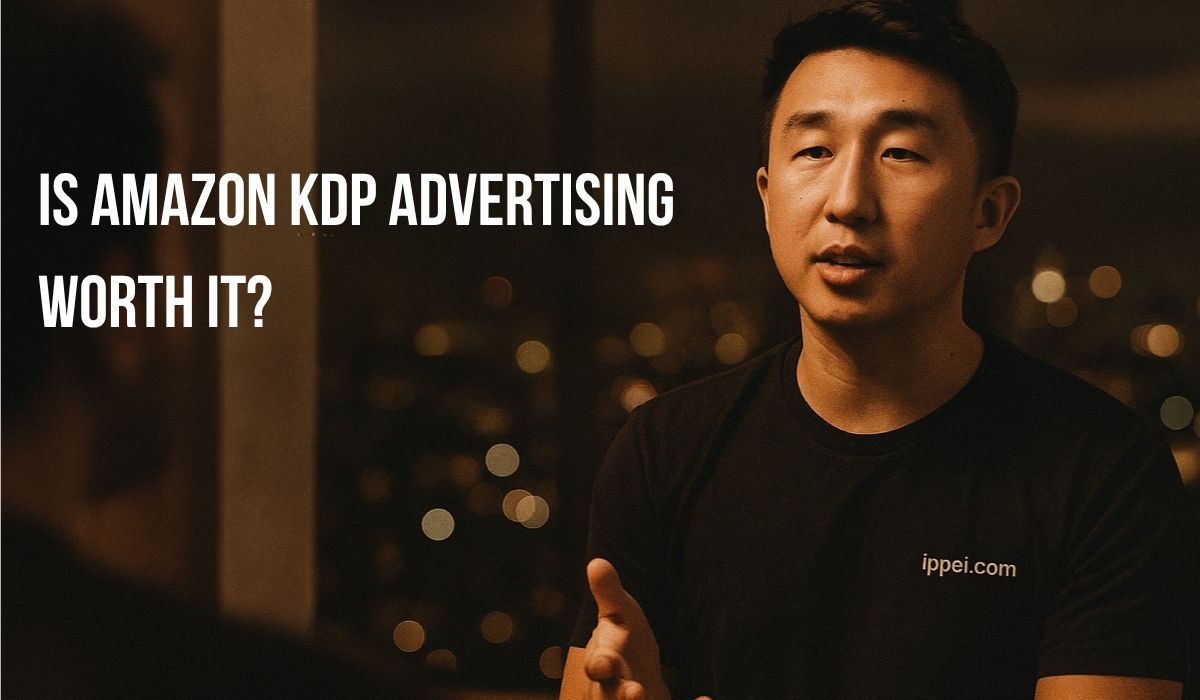
Amazon KDP advertising is worth it, but its success depends on strategy, budget, and book catalog size. Amazon KDP advertising offers benefits such as:
- Visibility in the world’s largest book marketplace
- Targeted reach to potential readers
- Control over campaign settings and spend
However, Amazon Kindle advertising ads aren’t guaranteed success. Poorly optimized campaigns can drain your budget with little return. Authors with multiple books often get the best results using Amazon KDP ads. They may break even or take small losses on ads for one book. Readers will likely buy more from the catalog. Single-book authors might see less success with Amazon KDP ads. This is especially true if they lack strong organic sales. However, ads can be useful for book launches or special promotions.
Another challenge is that Amazon KDP ad costs have increased in 2024. According to Reedsy, the average cost-per-click (CPC) is now $0.97, up from $0.71 in previous years. To stay profitable, authors should aim for at least $1.43 in revenue for every $1 spent. KDP ads can help increase sales and improve rankings. But if you don’t target properly, set the right budget, and optimize well, they might not be a good investment.
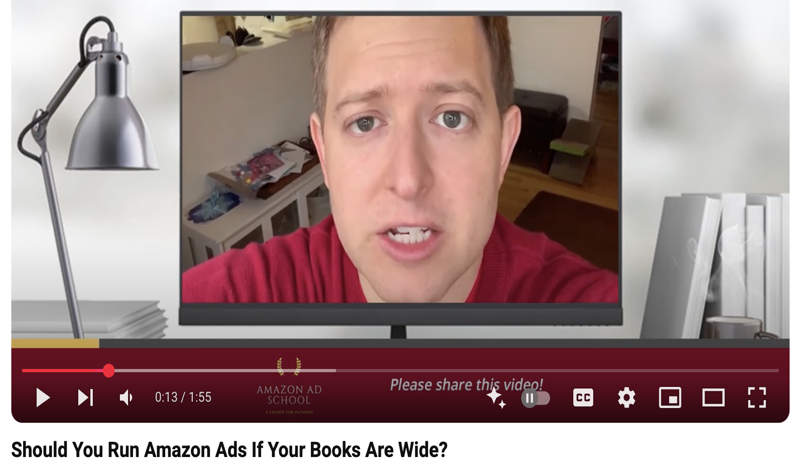
Take Bryan Cohen, for example. He began with wide, unprofitable campaigns. Then, he improved his strategy. He analyzed his KDP dashboard and found high-converting keywords. His initial campaigns weren’t successful, but over time, each dollar spent on ads earned him three dollars in royalties. Even with an ACoS of 700% to 900%, his smart targeting helped him boost profits. He turned a $7,000 ad investment over two years into $21,000 in royalties.
Amazon KDP advertising can be worth it, but it often requires constant ad spend and fine-tuning to stay profitable. I’ve dived deeply into paid ads and managed multiple campaigns over the last decade, but they are extremely expensive. In this article, I explain how KDP ads increase your visibility on Amazon and how they help you reach your target readers. This article guides you on keyword research, ad copy optimization, and campaign tracking.
Amazon KDP Advertising Increases Book Visibility and Reach
Amazon KDP ads enable many readers to see your book. Amazon is the largest online bookstore. Every day, millions of readers look for new books. Recent Pew Research Center data show that about 30% of Americans read ebooks. Many of these readers likely buy books through Amazon KDP. KDP ads can show your book in important places. Your book may appear at the top of search results or on other book pages. Even if you are new, your book will not be hidden. More readers will see your cover and title.
The power of Amazon is hard to ignore. According to Zonguru, Amazon had about a 70% share of the ebook market. A BookBub survey found that 76% of authors think Amazon Ads help them reach more readers. Thousands can see your book ad for potential readers. Even if they do not click right away, they will remember your book.
Amazon KDP Advertising Targets Right Readers
Amazon KDP Advertising is an easy way to reach readers who like your genre or topic. You can pick keywords like “historical mystery” or “self-help finance.” You can also target fans of similar books or authors. Your ad appears when readers search for or browse books like yours. This means your ad reaches people who are more likely to be interested in your book.
For example, if you wrote a sci-fi novel, you can select sci-fi keywords or categories so that sci-fi fans see your ad. Targeted ads make your advertising more effective. They connect your book with readers who will likely enjoy it and buy it.
Targeting is important because many shoppers use Amazon to discover new books. According to an Amazon study, 46% of book buyers use search results to help them decide on their purchases. KDP ads show up in search results or on related book pages. This puts your story in front of readers who are searching for something fresh. Smart targeting boosts click-through rates and increases conversion chances.
Amazon KDP Advertising Boosts Sales
Amazon KDP advertising can increase your book sales by driving more purchases. When more readers see your book because of ads, more of them are likely to click and buy it. This extra sales activity boosts your royalties. It also improves your book’s sales rank on Amazon. A higher sales rank means your book is closer to the top of Amazon’s bestseller lists and search results.
This improvement creates a positive cycle. Ads lead to more sales, which then improve your rank. A better rank makes your book easier for shoppers to find, even without extra ads. For a beginner, this is very important. Extra sales from advertising can highlight your book. Then, Amazon’s algorithm will show it to more readers without any extra cost. Over time, more sales can also lead to more reviews, which further build your book’s credibility.
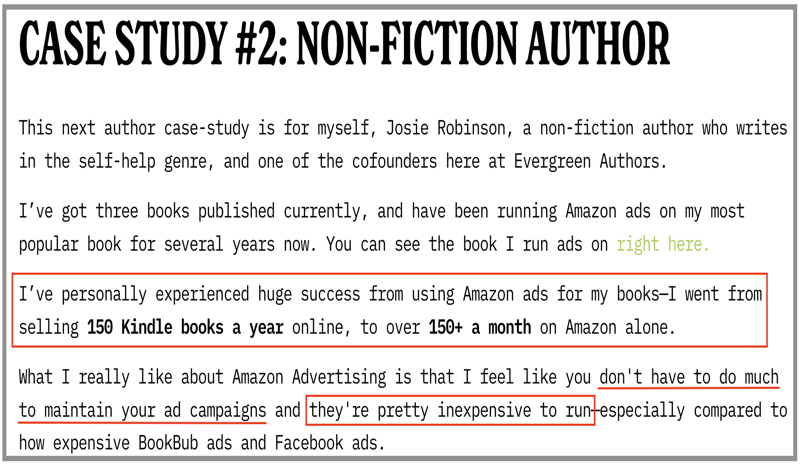
Many success stories show this snowball effect. Author Josie Robinson noted that after using Amazon ads, her book sales jumped. They went from around 150 Kindle books a year to more than 250 books each month. This big jump in sales not only raised her income but also likely boosted her book’s ranking and Visibility on Amazon. A simple daily budget can boost a slow-selling book and grow the customer base over time.
Amazon KDP Advertising is Cost-Effective Marketing With Control and High ROI
Amazon KDP advertising is an affordable marketing option for authors, especially beginners. The system uses a pay-per-click model, so you only pay when a reader clicks your ad. This way, you pay only for interested readers. You can set daily or monthly budgets and control your Amazon bidding limits. Even if you choose to spend just $5 a day or less, you remain in control of your costs.
Unlike expensive traditional ads such as print or TV, KDP ads fit almost any budget. You might pay only a few cents per click. If that click leads to a sale of your $2.99 ebook, your ad has paid for itself. Many new authors appreciate this low-risk spending.

The return on investment (ROI) can be very impressive. Author Annelie Wendeberg shared that her Amazon book ads for her first series of novels had a 500% ROI. In simple terms, for every dollar she spent, she earned about five dollars in sales. Even an average campaign often earns more in sales than it costs. Amazon’s data shows that many authors spend about 30 cents on ads for every dollar they make in sales.
How To Make Amazon KDP Advertising Worth It?
- Keyword research and targeting. The success of your KDP ads hinges on precise targeting. Generic keywords won’t cut it—effective campaigns use specific, high-intent keywords. A better option than “mystery novel” is “Victorian mystery” or “Sherlock Holmes-style mystery.” Also, for product targeting, place your ad on similar book pages in your genre. This way, you can reach readers who are already searching for books like yours.
- Optimizing ad copy and book metadata. KDP Sponsored Product ads grab your book’s cover, title, and metadata. So, your product page must sell the book. If your ad is getting clicks but no sales, the issue isn’t the ad—it’s likely your cover, description, price, or reviews.
- Cover and title. Ensure they align with your genre’s expectations. A sci-fi novel with a romance-style cover confuses buyers.
- Book description. Hook readers with an engaging, well-formatted blurb.
- Social proof. Positive reviews boost credibility and increase conversions.
- Look inside feature. The first few pages should captivate readers immediately.
- Tracking and adjusting campaigns based on performance. Amazon’s ad dashboard provides key data—impressions, clicks, costs, and sales. To maximize ROI, regularly check your ACOS (Advertising Cost of Sales). If ACOS is over 100%, you’re spending more than you earn and need to optimize.
- Analyze keywords: Identify which ones drive sales vs. those that waste money.
- Adjust bids. Increase bids on profitable keywords; pause or lower bids on poor performers.
- Test different ad formats. If auto-targeting isn’t working, shift to manual keyword targeting.
- Consider seasonality. Some books sell better during holidays or trends—adjust accordingly.
What are the Alternatives to Amazon KDP Advertising?
Organic Marketing Strategies. Before spending money on ads, authors should maximize free promotional methods. First, optimize your book’s metadata. Use strong keywords in your description. Also, choose the right book categories. It helps your book show up in Amazon searches naturally.
Building an online presence is another powerful tool. Connect with readers on social media and join reader groups. Write blog posts about your book’s theme or genre. A historical fiction author might write about real events that inspired their story.
The most valuable organic tool is an email list. Giving away a free short story or special content for an email subscription helps you grow a fanbase. Then, you can market your future books directly to them.
Other Paid Advertising Options. Amazon Ads aren’t the only way to promote books. Depending on your genre and audience, other platforms might deliver better results:
- Facebook Ads are perfect for reaching specific reader interests, like romance fans of Nora Roberts. They also work well for driving traffic to an Amazon page or an author’s website.
- Pay-per-click ads targeted to BookBub’s book deal subscribers. You can market directly to readers who follow similar authors.
- BookBub featured deals are curated email blasts sent to thousands of subscribers. They are highly competitive but can lead to massive downloads and reviews.
- Goodreads Giveaways generate early reviews and visibility.
- Google Ads can target people searching for specific book topics.
Leveraging Free Promotions & Kindle Unlimited. Sometimes, the best marketing strategy is strategic pricing. If you’re in KDP Select, use Free Promotions or Kindle Countdown Deals for visibility.
- Free promotions. Giving your book away for free for a few days can help boost rankings. It also attracts reviews and sparks word-of-mouth.
- Kindle Countdown Deals. Temporary discounts can entice budget-conscious readers and improve conversion.
- Kindle Unlimited (KU). KU readers subscribe, so promoting your book to them can earn you steady page-read income.
How Do KDP Ads Work?
Amazon KDP ads use a pay-per-click model. You create a campaign for one book and set a bid for each click. You also choose to target options like keywords or product categories. When shoppers look for those keywords or explore related categories, Amazon runs an auction. If your bid wins, your ad appears, and you pay only when someone clicks on it. You can choose from several Amazon KDP ad formats:
- Sponsored Products. These ads promote individual book titles. They appear in search results and on book detail pages. Keywords or products target them.
- Lockscreen Ads. These ads target Kindle eBook readers. They appear on the lock screen of Kindle devices and Fire tablets. When a user unlocks their device, they may tap your ad to visit your book’s Amazon page.
- Sponsored Brands. These banner ads showcase your author brand or multiple books. They appear at the top of search results. This option is ideal for authors with several titles or an established brand.
Why is a Local Lead Gen Biz More Worth It Than Amazon KDP?
Local lead generation is more worth it than Amazon KDP because it provides higher and more consistent income compared to Amazon KDP. A lead gen website can earn $500 to $3,000 monthly. Profit margins are high, at 85–90%. You can make money by selling leads or renting the site to businesses. These earnings compound as you build more sites. In contrast, KDP authors only earn when a book sells, with royalties ranging from 35% to 70% per sale. The Amazon marketplace is highly saturated. Amazon has 48 million+ books and 1,600 new titles added daily. It’s difficult to sustain profits without constant marketing and ad spending.
Local lead gen works well because, once a site ranks, it needs little maintenance. Plus, it can easily be copied in different cities and industries. The risk of saturation is low. Expanding means creating more digital properties that earn recurring revenue. Scaling an Amazon KDP business is tough. Authors need to keep writing, publishing, and promoting new books. This takes a lot of time and often leads to smaller returns in a crowded market.

Local lead generation is a stable and sustainable business model. You own your website, so you control the income stream. A top site can earn passive income for years with little upkeep. If a client departs, you can quickly find a replacement. Some lead gen sites built in 2014 still earn over $2,000 per month today. KDP authors rely on Amazon completely. Just one algorithm change, policy shift, or market trend can suddenly drop book sales.
Local lead generation is more profitable, easier to scale, and offers better long-term stability than Amazon KDP. If you want a business with a steady income and less long-term work, local lead gen is the way to go.
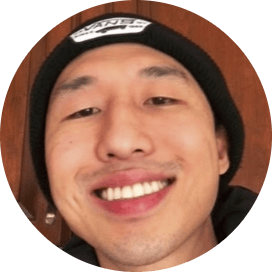
Follow Me
Ippei Kanehara
Founder/CEO
$52K per month providing lead generation services to small businesses
Ippei.com is for digital hustlers, industry leaders and online business owners.
His #1 online business recommendation in 2024, is to build your own lead generation business.
